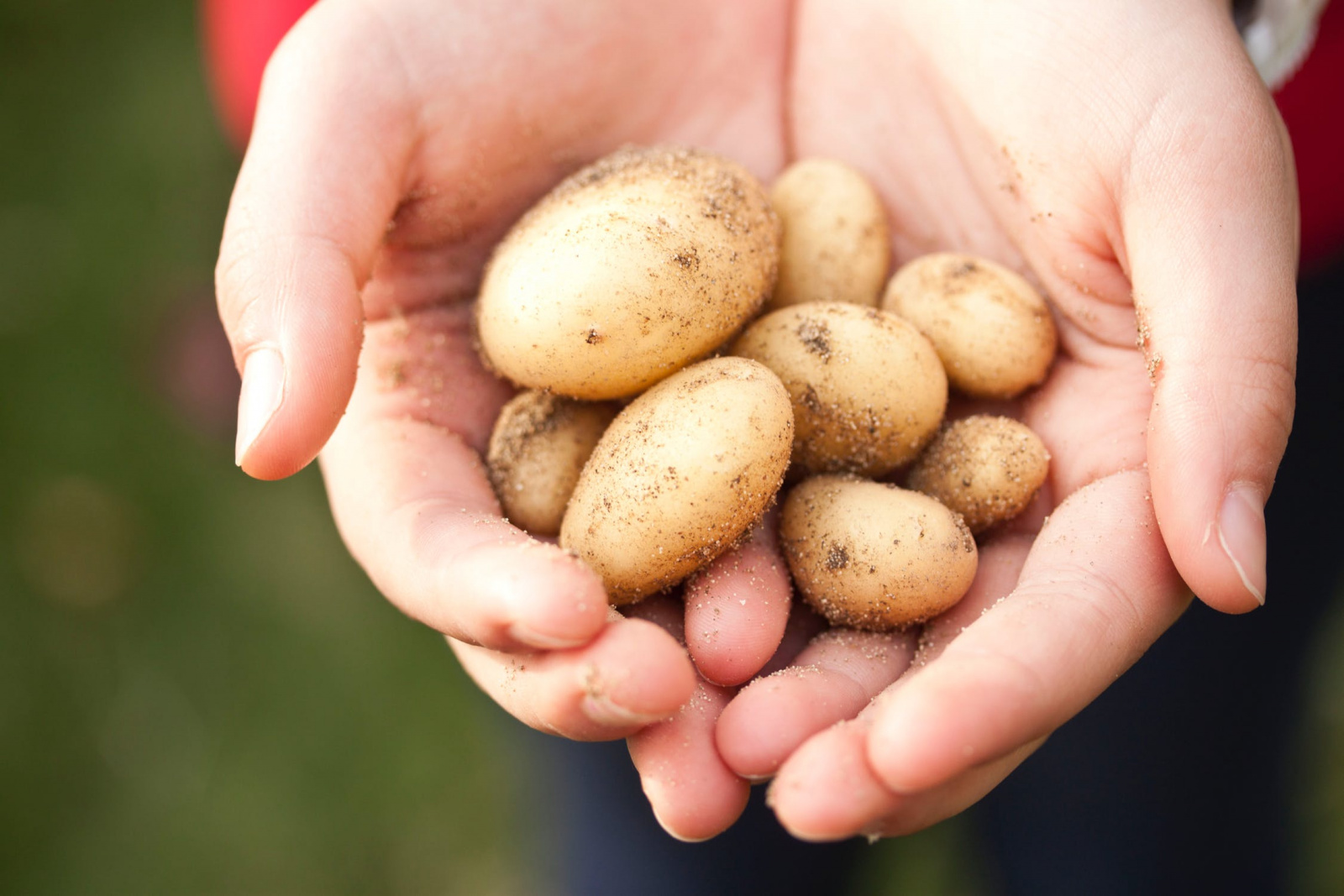top of mind news
- California Will Ban Latex Gloves In Restaurants Starting Jan. 1
- A Restaurant Owner’s Employment Law Compliance Checklist
- A French Fry Shortage Could Be Coming After Weak Potato Harvest
- Senate Bill Would Require Advance Warning of Restaurant Shutdowns
- How Restaurants Can Prepare for Theft During the Holidays
THE FARM
Poultry
Chicken production remains active, with output for the week ending November 23rd down modestly from the prior week, but heavy bird weights continue to support ready-to-cook (RTC) broiler supplies. Plus, a continuation of escalating pullet placements into the hatchery flock is anticipated to support further chicken production growth well into 2020. Given the recent news regarding China accepting U.S. chicken, price risk remains to the upside. Chicken breast prices notched a seasonal low in early October, more than a month earlier than is seasonally normal. Leg quarter prices, as well, are edging higher, so anticipate longer term contracting opportunities for this item.
Beef
Last week’s holiday shortened production schedule came in below expectations as inclement weather tempered total beef output. This week is already off to a booming start, with two back to back days harvesting 120k head – the largest daily totals noted since the pre-Holcomb plant fire days. With the Holcomb plant now back up and running, expect beef output to be robust. Beef prices are starting to fade, but seasonal upside pressure is expected to emerge for the end meats into late December. Additionally, the grinds are likely to see escalating interest, but elevated pricing is projected to temper demand into early 2020.
Pork
Last week’s hog slaughter schedule was down just 7% from last year’s non holiday production week, and this week began with a record single day harvest. This was followed by a near record kill on Tuesday, and pork processors had to scramble to move product ahead of escalating inventories. The pork belly market is struggling to find support near $1.00 per pound, but belly export sales remain active, and price risk still exists to the upside. 72% pork trim prices are being supported by costly lean beef trim prices, but prices should seasonally fade soon.
THE SEA
Seafood
U.S. snow crab imports in September were solid, up nearly 8% from a year ago. But, like prior months, it is taking higher prices to bring in product as reflected in the markets below. The Alaskan snow crab fishing season is underway, but most of the quota is not anticipated to be landed until after the holidays. Expensive snow crab prices are anticipated to persist until demand backs off. But there has been little sign of that yet.
THE GARDEN
Produce
The Idaho potato markets remain expensive, at record levels for early December. An early season freeze is estimated to have impacted somewhere between 20% and 30% of the crop. Storage facilities are holding inventory as the industry adjusts to a tighter supply situation. The downside potential may be limited in the potato markets for the next several months. Lettuce prices remain expensive due in part to the romaine recall last month. The Yuma-Imperial Valley region will produce the bulk of the domestic lettuce supplies this winter.
THE KITCHEN SINK
Dairy
The spot butter market this week is the lowest in 37 months. Butter stocks are adequate despite a record drawdown for the month of October. Butter prices have not been below $1.900 for a notable period of time since the winter of 2015. The cheese markets remain inflated, especially for this time of year. Domestic cheese demand has been solid for the holidays. The recent rise of nonfat dry milk prices is usually a supportive sign for cheese prices and may temper the seasonal drop that usually occurs in December. Since 2015, the average move for the cheese block market over the next four weeks was down 6.7%.
Grains
Weather, once again, has delayed the corn and soybean harvests in the U.S. as notable acreage is under snow cover. However, the markets aren’t concerned. The USDA will not make any acreage or yield adjustments to their crop estimates until January. The corn market could be range-bound until then.
Oil
Nearby natural gas futures have fallen since last week and are down 17.2% from last month’s high ($2.905). Last week total U.S. natural gas stocks were 18% more than a year ago. Natural gas prices will be swayed by weather in the coming weeks.














